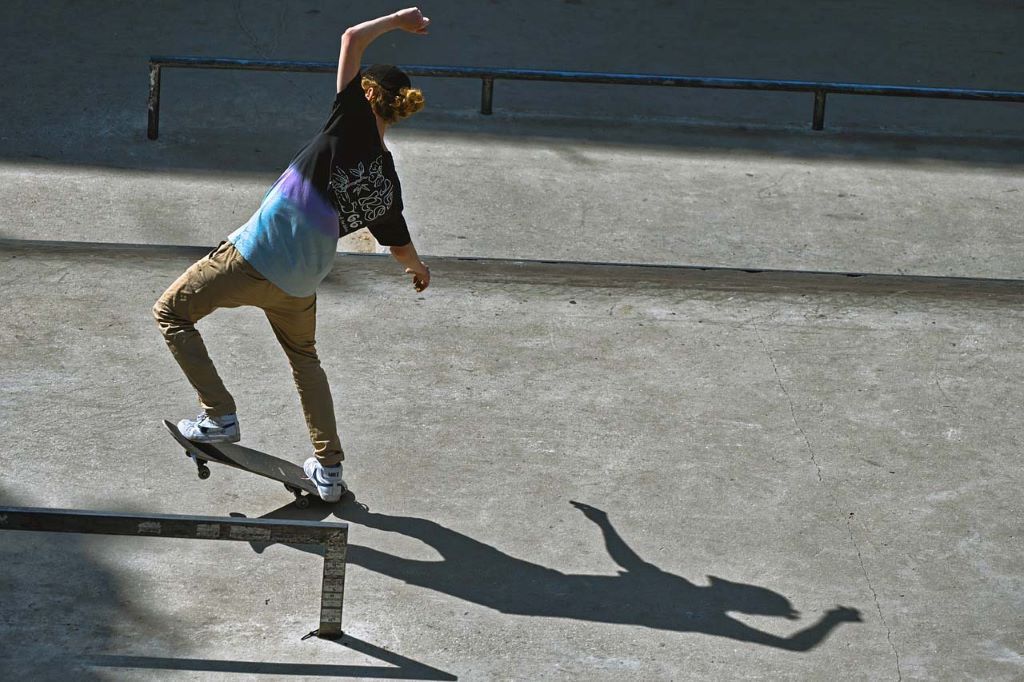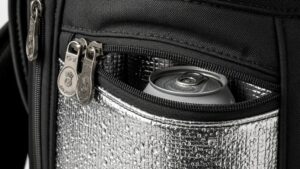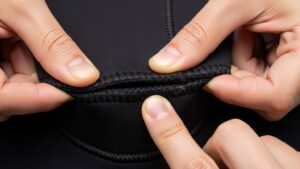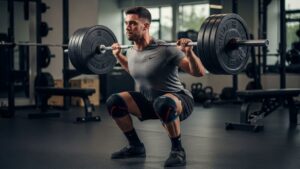Unconscious Hip Movements Affecting Skateboard Balance: The Science and Solutions

Skateboarding is an art of precision, balance, and control. Every move a skateboarder makes—whether intentional or subconscious—can have a profound impact on their performance. Among these often-overlooked factors are unconscious hip movements affecting skateboard balance, which subtly influence stability and overall efficiency. Whether you’re mastering the basics or attempting the hardest skateboard trick, understanding how these involuntary motions affect your center of gravity is crucial.
Exploring the nuances of skateboard balance is key for every skater, from beginners to seasoned professionals. As you explore Skate Board Trends for insights into the world of skateboarding, this article will delve deep into the relationship between unconscious hip movements and skateboarding. It will cover why these movements occur, their effects on balance, and how to counteract them for better performance.
The Link Between Body Mechanics and Skateboard Balance
The human body operates as a synchronized system when performing physical tasks. On a skateboard, the balance primarily relies on three elements: the center of gravity, posture, and muscular coordination. Unconscious hip movements arise when the body instinctively tries to maintain equilibrium in response to environmental factors like speed, terrain, or abrupt changes in momentum.
These movements are part of the body’s natural stabilizing mechanism. However, for skateboarders, unintentional shifts can disrupt balance and lead to instability or falls. This phenomenon is especially noticeable during advanced maneuvers like ollies, flips, or trying the hardest skateboard trick on https://skateboardtrends.com/tips/hardest-skateboard-trick/.
Why Do Unconscious Hip Movements Happen?
Biomechanics of Stability
The hips play a central role in distributing weight and aligning the body. Unconscious movements often occur due to an over-reliance on hip flexors and core muscles. These small shifts can compensate for a lack of balance in the ankles or knees, but they frequently result in overcorrection, causing skaters to wobble or lose control.
The Role of Muscle Memory
Skateboarders rely heavily on muscle memory for performing tricks. Over time, repetitive movements create ingrained patterns in the brain, but sometimes these patterns can work against skaters. If unconscious hip adjustments have been formed as a bad habit, they may interfere with controlled movements, affecting balance and precision.
Environmental Triggers
Factors like uneven terrain, wind resistance, or sudden impacts can trigger unconscious hip adjustments. For instance, when riding on a cracked sidewalk or transitioning to a half-pipe, the body may instinctively move the hips to counteract the change in surface.
Effects of Unconscious Hip Movements on Skateboarding

Disrupted Center of Gravity
The center of gravity is crucial for skateboarding balance. When the hips shift unexpectedly, the alignment of the body is thrown off, causing skaters to lean too far forward or backward. This misalignment often results in falls or improper execution of tricks.
Inconsistent Landing Techniques
One of the most significant impacts of unconscious hip movements is on landing. Whether performing a basic jump or a complex flip, uncontrolled hip adjustments can make landings unpredictable and increase the risk of injury.
Energy Wastage
Unconscious movements expend additional energy, leaving skaters fatigued faster. A well-balanced posture ensures that energy is used efficiently, allowing skaters to perform for longer periods without exhaustion.
Increased Risk of Injury
Overcompensating with hip movements can strain the lower back, hip joints, and knees. Over time, this leads to repetitive strain injuries, which can sideline skaters for weeks or months.
Techniques to Control Unconscious Hip Movements
Strengthening Core Muscles
A strong core provides a stable foundation for the rest of the body. Core exercises like planks, side bridges, and hanging leg raises can help skaters improve balance and reduce unnecessary hip movements.
Practice Balance Drills
Balance-focused exercises, such as standing on a wobble board or practicing one-footed stances, can help skaters become more aware of their body’s alignment and minimize subconscious adjustments.
Mindful Skating
Mindfulness involves paying attention to the body’s movements and correcting any unconscious habits. By focusing on how the hips move during tricks or transitions, skaters can gradually train their bodies to maintain better control.
Seek Professional Coaching
Sometimes, it’s challenging to identify bad habits on your own. Working with a skateboarding coach can provide valuable feedback and guidance on correcting posture and improving balance.
The Science of Balance Training for Skateboarding
Proprioception and Neuromuscular Control
Proprioception, the body’s ability to sense its position in space, plays a vital role in skateboarding. Training exercises that improve proprioception, such as blindfolded balance drills or reaction-based activities, can enhance neuromuscular coordination and reduce reliance on unconscious hip movements.
Dynamic Stability Training
Incorporating dynamic stability exercises, like jump squats or medicine ball throws, helps improve the body’s response to sudden changes in motion. These exercises mimic the unpredictable nature of skateboarding, allowing skaters to adapt more effectively.
Real-Life Stories from Skateboarders
Case Study: Jake’s Journey to Mastery
Jake, a competitive skater from California, struggled with maintaining balance during tricks. After analyzing his technique, he discovered that unconscious hip movements were causing him to lose control during landings. By incorporating balance drills and mindfulness techniques, Jake improved his stability and went on to win a local skateboarding competition.
Lessons from Professional Skaters
Professional skateboarders often emphasize the importance of deliberate practice and body awareness. Tony Hawk, for example, attributes much of his success to his ability to control every aspect of his body, including subtle movements of the hips.
The Psychology Behind Hip Movements and Confidence
Unconscious hip movements are often linked to a lack of confidence. When skaters doubt their ability to perform a trick, they may tense up, leading to involuntary muscle contractions. Building confidence through consistent practice and positive reinforcement can help mitigate these movements.
You Might Enjoy: How Do You Skateboard at Night
Common Mistakes That Worsen Hip Movements
- Overthinking During Tricks: Too much mental focus can lead to stiffness, causing the hips to move unnaturally.
- Neglecting Warm-Up Routines: Skipping warm-ups increases the likelihood of muscle imbalances.
- Improper Foot Placement: Incorrect foot positioning can force the hips to compensate for lost stability.
FAQs
What are unconscious hip movements in skateboarding?
Unconscious hip movements are involuntary adjustments made by the hips to maintain balance while skateboarding.
How do unconscious hip movements affect balance?
They disrupt the center of gravity, making it harder to maintain stability and execute tricks.
Can unconscious hip movements lead to injuries?
Yes, excessive or improper hip movements can strain the hips, lower back, and knees, increasing the risk of injury.
What are some exercises to reduce unconscious hip movements?
Core strengthening, balance drills, and dynamic stability exercises can help minimize these movements.
How do professional skaters control unconscious hip movements?
They rely on techniques like mindfulness, deliberate practice, and maintaining a strong core to enhance control.
Can wearing the wrong gear affect hip movements?
Yes, ill-fitting skateboarding gear can limit mobility and force the hips to compensate, leading to unconscious movements.
Conclusion
Unconscious hip movements are a hidden yet critical factor in achieving optimal skateboard balance. By understanding the mechanics behind these movements and implementing targeted exercises, skaters can enhance their performance, reduce injuries, and master even the most challenging tricks. Whether you’re new to skateboarding or aiming to land the hardest skateboard trick, refining your body’s movements is key to success.







